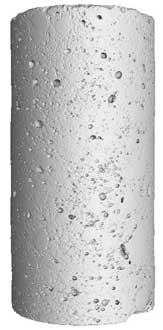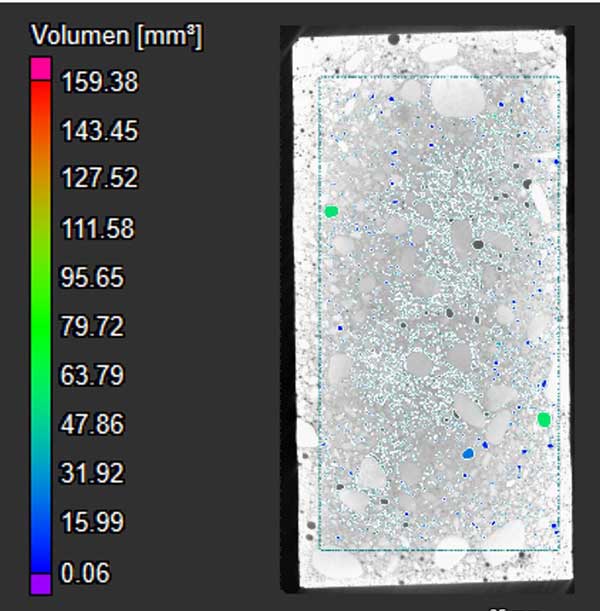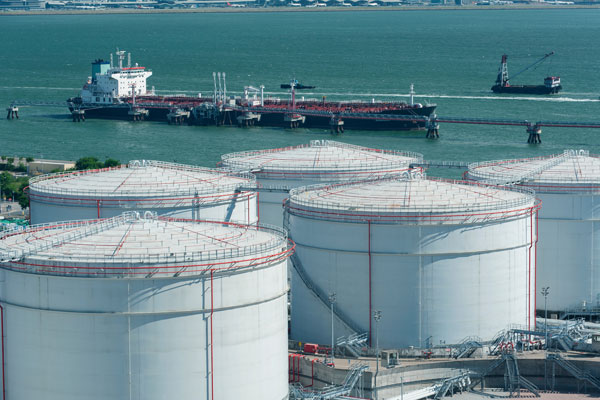How to make future energy supply systems such as LNG tanks more efficient and resilient against natural and man-made hazards?
The aim of the present study was to characterize the behavior of concrete at cryogenic temperatures in order to develop a material for the design and construction of cryogenic tanks for the storage of Liquified Natural Gas (LNG) and other type of liquified gases. The interest in this work comes from the rising requirements in transportation and storage of LNG as a fossil fuel, caused by the need of promoting clean energy sources and boosted by the energetic crisis appeared as a consequence of the last conflicts arised in Europe.


